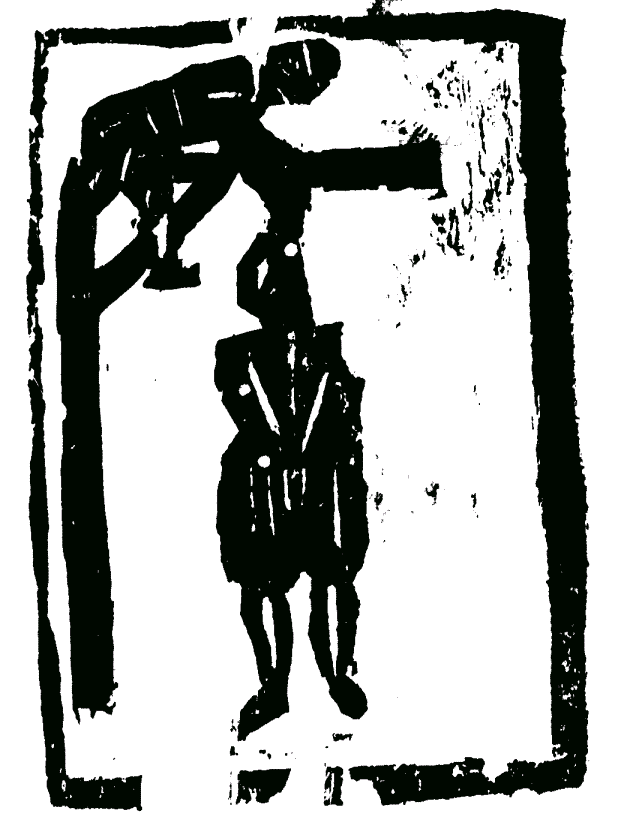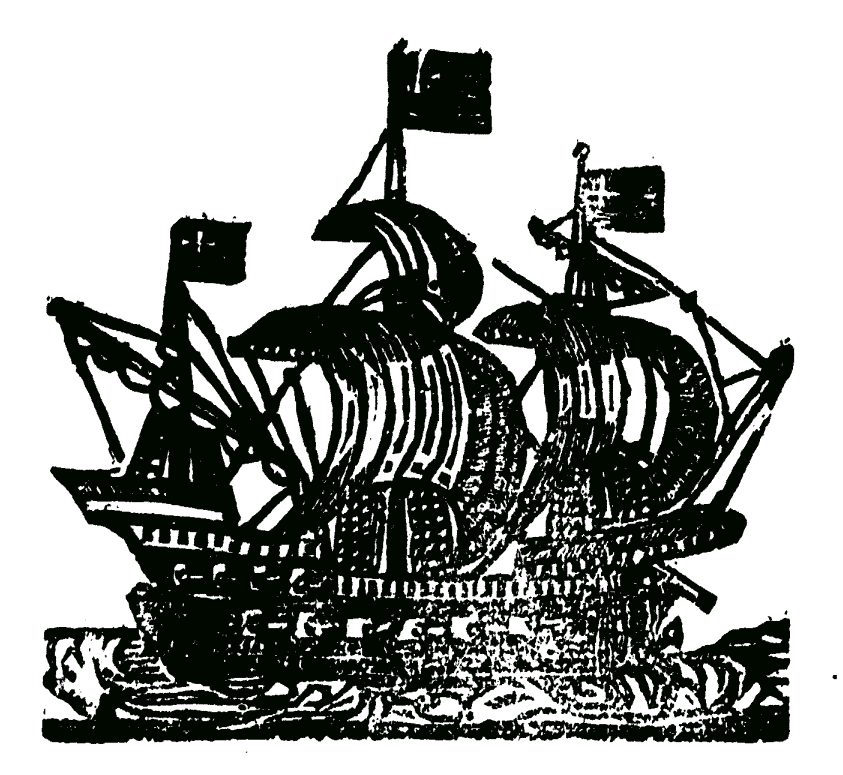


|
The Campden Wonder |

|
||
| "Time, the great Discoverer of Truth, shall bring to Light this dark and mysterious Business" | ||||
|
|
|
|
|
|
Over the years many stories have sprung up surrounding the events of August 1660. These must be treated with extreme caution by the serious historian. Many were not written down until decades or even centuries after Harrison's disappearance and the Perrys' execution. Most probably have no basis in fact and a probably just the usual kind of apocryphal confabulation that mankind seems inevitably to invent in relation to interesting or scandalous news, the output of the rumour mill.
Nonetheless, it is important to mention them here, for one never knows when a grain of truth may lie at the root of a tall tale. Moreover, investigators should be aware of the source of certain widely reported beliefs about the case. For example, Sir Anthony Wood's phrase about Harrison's wife being a "snotty, covetous presbyterian" has inspired the way several writers of fiction have characterized her, despite the fact that no evidence to back this up has ever be adduced, and some evidence to the contrary is available (she was probably godmother to the children of Rev. William Bartholemew, the parish priest of Chipping Campden, a renowned "hammer of sects".
Sir Anthony Wood was an Oxford antiquary and collector who lived from 1632 until 1695. In an edition of Overbury's account now held at the Bodleian Library in Oxford and which belonged to Wood, someone (presumably Wood himself) wrote the following notes on some blank pages at the end:
John Perry hung in chaines on the same gallowes.
Richard & Joan Perry were after execution taken downe & buried under the gallowes :- Three dayes after a gentlewoman pretending to understand witches hired a man to dig up the grave that shee might search Joan's body - shee being on horseback, drew up to the grave which was opened, but the horse, starting at the sight of the body in grave, ran away under the gallowes & her head hitting against Johns feet struck her off from the horse into the grave -
After Harrisons returne John was taken downe & buried - And Harrisons wife soon after (being a snotty covetuous presbyterian) hung herself in her owne house – why, the reader is to judge.
Upon Harrison's returne to London, Sir R. Hydewas at Glocester in his circuit, & one that had seen Harrison there brought the news to Glouc.r, which coming to the Hearinge of Hyde he became somewhat passionate, & commanding his servant to call the messenger, chid him for bringing false news & commanded the jailer to commit him to prison.
If these anecdotes are true, one wonders why Overbury did not mention them. He might have decided to overlook the story of the woman trying to search Joan’s body because it reinforced the idea that Joan was a witch, an aspect of the story Overbury seems keen to downplay. The story about Sir Robert Hyde might have been left out because Sir Thomas did not wish to besmirch the memory of a fellow member of the legal establishment (Hyde had died in 1665). But if Harrison’s wife had killed herself in this way, Overbury, who lived much closer to Chipping Campden than Wood, must surely have known about it and one would have expected this detail to be included somewhere in the Account, perhaps in the Postscript where Sherley muses about Edward’s possible involvement.
Presumably, we are supposed to understand that the purpose of searching Joan’s body was to try to prove her to have been a witch by locating the witch’s mark, i.e. the extra teat used to suckle her familiar.
The story about Harrison’s wife having committed suicide is repeated in another set of manuscript notes in a copy of Overbury’s Account at the Bodleian.
In the copy in the collection once owned by the antiquary Richard Gough (1735-1809) catalogued at the Bodleian under reference Gough Glouc 32 (18), is a letter written to Gough by one John Adams, referring to a manuscript note at the end of Overbury’s text. Adams letter reads as follows:
Bulls Cross Apr. 22nd 1780
Dear Sir
The inclosed I begg’d for you at Charingworth near Campden, the story is told with Wonder in Gloucestershire to this Day, and call’d the Campden Wonder, the little Note or two at the end was made by Mr Barnsley of Charingworth: a learned sensible Man. If it be new to you and worth your Acceptance it will be the greatest pleasure to your
Obliged
Humble Serv.
John Adams
It is not known who John Adams the writer of this letter was. More importantly, it is unclear who Barnsley was, when he lived and whether he had any special insight into the case. The handwriting would appear to be 18th century rather than 17th in style and the edition of Overbury’s Account in which the note appears is dated in the Bodleian catalogue as “c. 1710?”, all of which suggests that Barnsley wrote it at least 50 years after the events in question.
Barnsley’s note reads:
Mr. Harrisons wife fell into
a deep melancholy & at last
hanged herself after the return
of her husband; after her dth.
there was found a letter in her
scrutore which she had recd.
from her husband, dated before
the execution of Joan & her two sons.
There was a report, that Joan
Perry had bewitched a woman,
that lay bed-ridden several
years, who upon her executn.
got up and recovered her former
state of health.
Many of the fictional accounts of the Campden Wonder draw heavily on these stories. They certainly add colour to the tale. Whether they bring us any closer to the truth is another matter.
It is not clear if Barnsley wrote “scrutore” or “scritore”, the fourth letter being blotted. Either way, he probably means “escritoire” i.e. a writing desk.